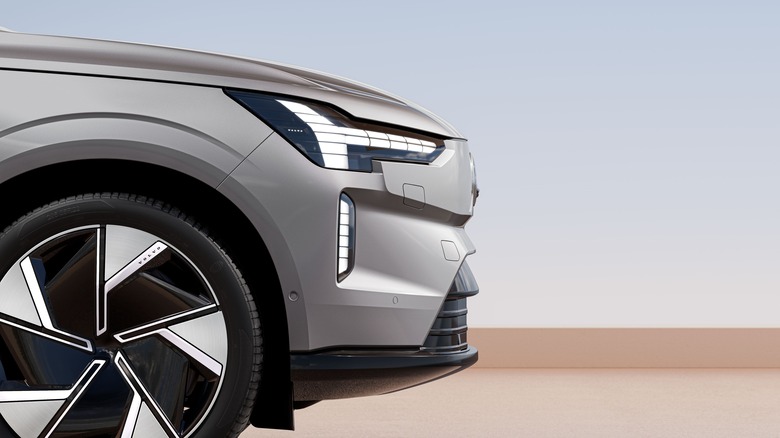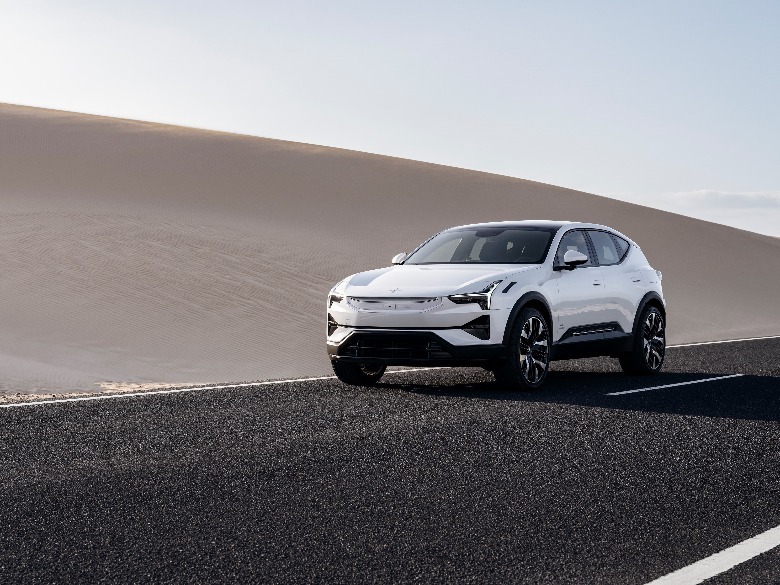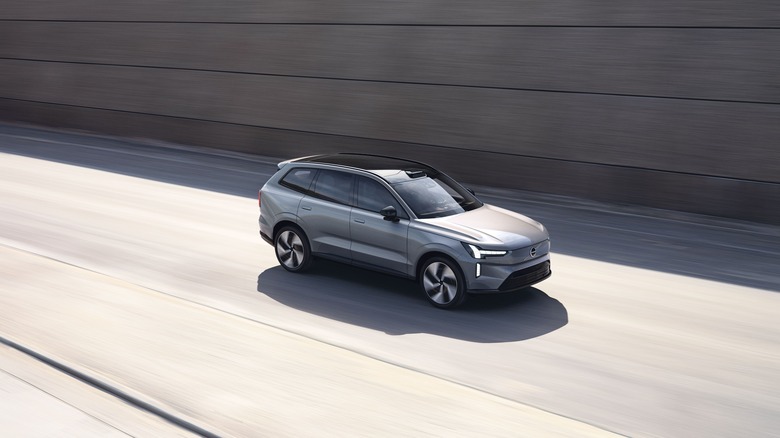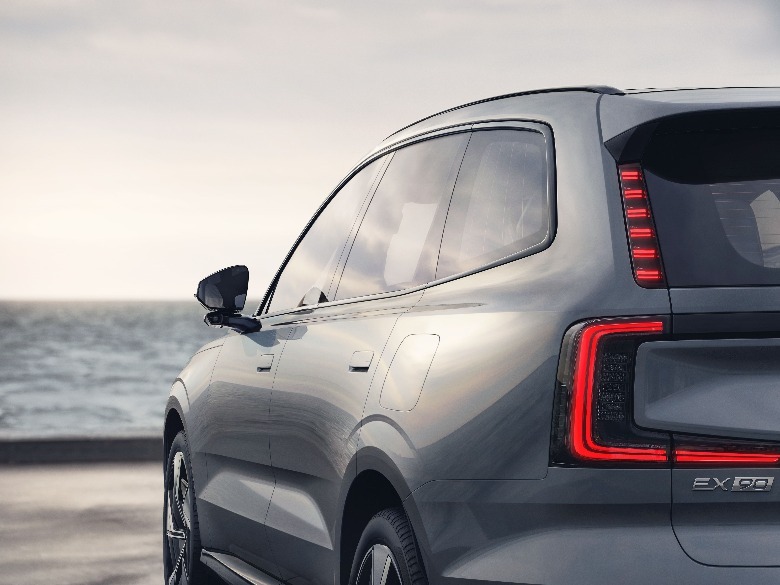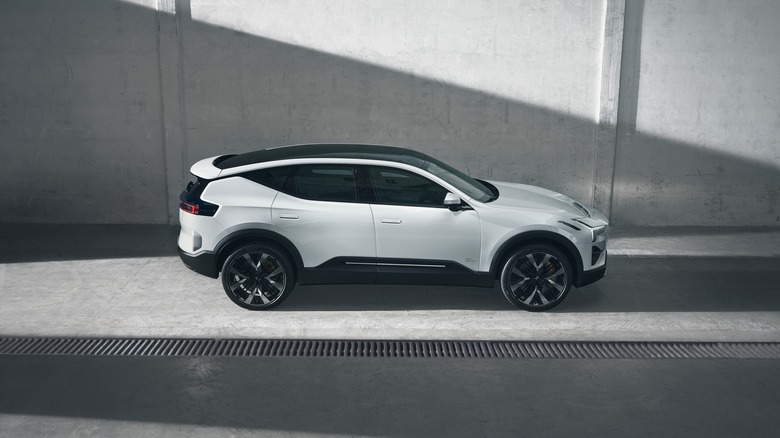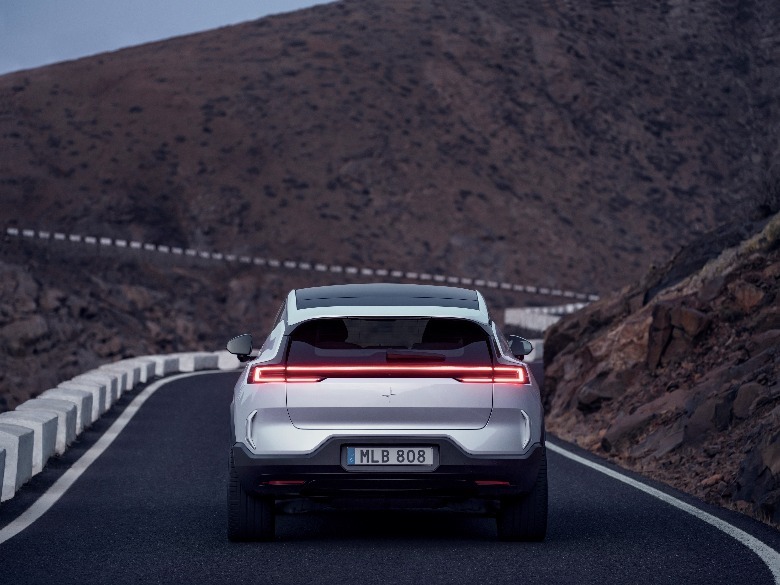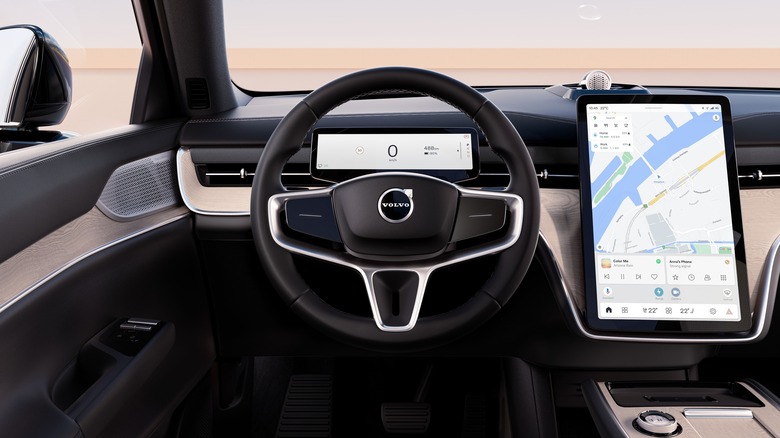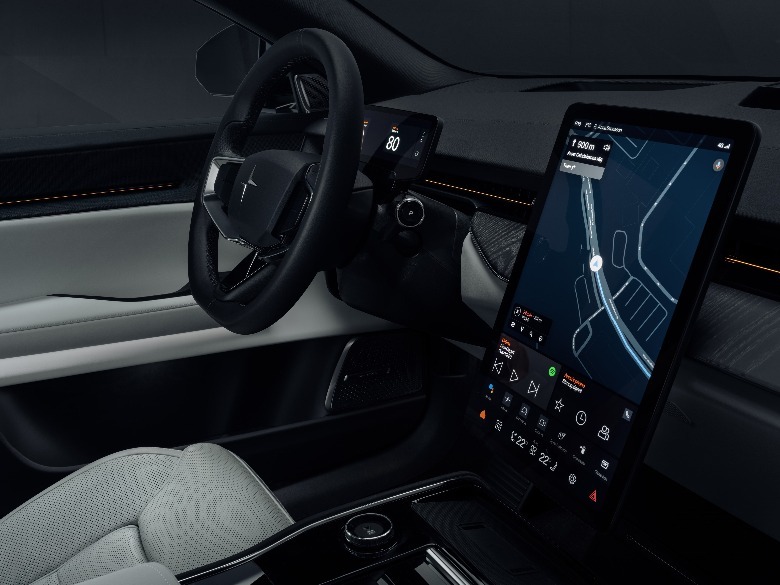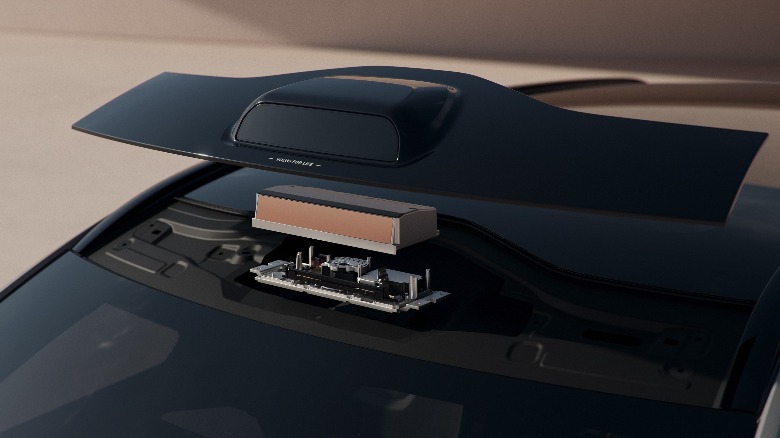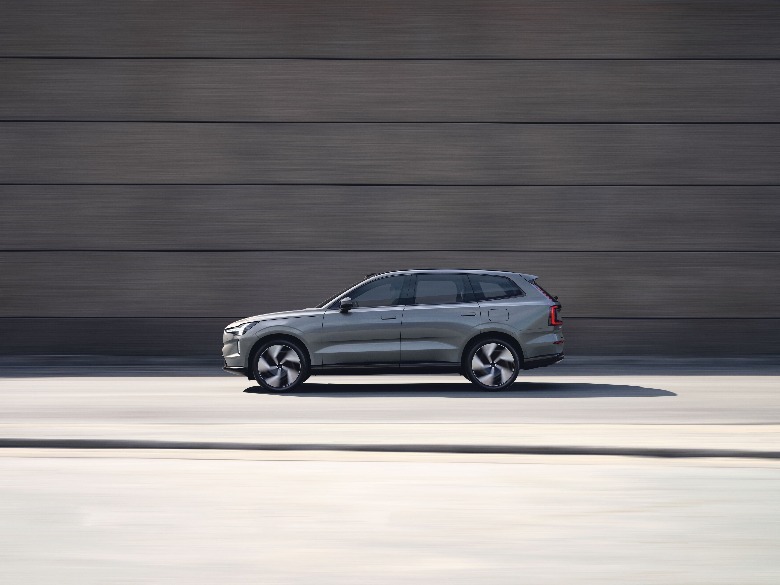Volvo EX90 Vs. Polestar 3: Electric SUV Showdown
Swedish automakers Volvo and Polestar recently debuted a pair of all-electric SUVs slated to go on sale by 2024. Volvo unveiled its first proper all-electric SUV, the EX90, which makes do without the Recharge badge, signaling the arrival of long-range EVs from the Swedish brand. Meanwhile, the Polestar 3 made its first appearance in October 2022 as the first genuine battery-electric crossover of the brand after it unraveled the hybrid-electric Polestar 1 and Polestar 2 a few years ago.
It's no wonder automakers are peppering the growing EV segment with new battery-electric crossovers and SUVs. According to CarSalesBase, midsize SUV sales went up 11% in 2021. The data represents a 20.1% market share of U.S. car sales with no signs of slowing down. The Volvo EX90 is a genuine seven-seat SUV, while the Polestar 2 is a five-seat crossover, and both are competing in a highly competitive yet lucrative segment. Despite the differences in intent and design, both EVs ride on a similar SPA2 architecture. Does this mean both EVs are essentially the same car underneath, or did Volvo and Polestar do enough to make the two vehicles distinct? That's what we're raving to find out.
Volvo EX90: The electric XC90
The Volvo EX90 is the all-electric successor of the popular XC90 midsize SUV that first debuted in 2002. The second-gen XC90 came in 2014, riding on Volvo's then-new SPA platform. In June 2021, Volvo sent out rumors that it was working on an all-electric XC90 which eventually became the production-intent EX90 that debuted this month. Volvo took the safe route and gave the EX90 familiar styling cues to ease XC90 buyers into battery-electric ownership. It also promises a lot of new tech features with the provision for full autonomy via over-the-air (OTA) updates in the coming years.
What Volvo fans should be excited about are the EX90's long-range capabilities. Equipped with a 111-kWh battery powering two electric motors, Volvo claims up to 363 miles of range on a single full charge, a better number than the EPA-rated 223 and 226 miles of the XC40 Recharge and C40 Recharge, respectively. The dual motors collectively pump out 408 horsepower and 671 lb-ft of torque. Volvo said less powerful (and more affordable) variants of the EX90 would come to market, but the dual-motor version will arrive first at dealerships in early 2024.
Polestar 3: Performance-minded electric SUV
While the Volvo EX90 is carving a niche in the seven-seat electric SUV segment, the Polestar 3 is competing with stalwarts like the Tesla Model Y, BMW iX, and the Mercedes-Benz EQS SUV – not to mention the incoming Mercedes EQE SUV. The Polestar 3 may only have five seats, but it has the styling and performance merits to stir the loins in an open, curvy road. It rides on a modified SPA2 platform with a 117.5-inch wheelbase and a sterling 50:50 weight distribution. It will initially arrive in a single long-range, dual-motor variant with enough power to blow your mind.
The 2024 Polestar 3 has a similar 111-kWh battery pack sending juice to a dual electric motor powertrain, pumping out 489 horsepower and 620 lb-ft of torque. However, Polestar will offer a $6,000 Performance Pack that unleashes 517 horsepower and 671 lb-ft of torque. Volvo has yet to reveal the EX90's performance figures, but Polestar has unveiled those for its new crossover. According to the EV maker, the Polestar 3 goes from zero to 60 mph in 4.9 seconds. Moreover, it could go to 60 mph in 4.6 seconds with the Performance Pack, and both variants have a 130-mph top speed. And similar to the Volvo EX90, Polestar claims an estimated 300 miles of driving range for its newest electric SUV.
Almost identical cabin design & tech features
We're not saying it's terrible that the Volvo EX90 and Polestar 3 have a shared architecture, but the two electric SUVs almost have identical-looking cabins as well. On the flip side, we love the minimalist design of both. The Volvo has a 15-inch portrait infotainment touchscreen powered by Android Automotive OS. It also has a small digital display for the instrument cluster and seven standard seats.
On the other hand, the Polestar 3 is strictly a five-seat affair, but you'll need to look hard to discern the former's cabin with the Volvo EX90. It has the same minimalistic button-free layout with a slightly darker theme than the Volvo. The Polestar 3 has a 14.5-inch portrait-oriented infotainment touchscreen running Android Automotive OS and a smaller 9-inch display behind the tiller. Both EVs can run Google Assistant and Google Maps or download other apps from the Google Play Store.
Provision for autonomous driving
What's different is the Volvo EX90's standard LiDAR sensor; it's the first Volvo to have one. Mounted above the windshield, it works with the vehicle's sensors, radars, and cameras to provide a 360-degree perspective of the outside world while offering precise measurements to power ADAS features (like obstacle avoidance and lane-changing assist) and the brand's Pilot Assist semi-autonomous driving system.
On the other end of the scale, the Polestar 3 has a dozen ultrasonic sensors, five cameras, and five radar modules. There's a Pilot Pack option arriving soon that includes a Luminar LiDAR sensor, more cameras, and more sensors to (hopefully) enable autonomous driving.
The verdict
Choosing between the Volvo EX90 and Polestar 3 will boil down to two main factors: Pricing and seating capacity. The Volvo EX90 wins if you want a modern electric SUV with seven seats and an MSRP expected to be below $80,000. The Polestar 3 could cost more at about $85,000 (plus $6,000 for the hotrod-enabling Performance Pack) while offering fewer seats, but it will most likely provide a more athletic drive after dropping the kids off at school.
